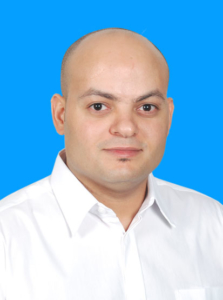Description
A synthesis gas compressor train was started after bearing inspections for the entire train comprising LP compressor, steam turbine, and HP compressor during the Turn Around. The end seals for the compressors were also replaced.
The machine was then started up and ran for 1 day at minimum governor speed (~4800rpm), with normal overall vibration amplitude at all bearings (below 20 µm). The equipment was then shut down for steam changeover (i.e., HP to HHP) under the normal procedure. Then, the unit was rolled to 5560 rpm normally and ran for ~3 hrs until it suddenly tripped on turbine high radial vibration as all four vibration probes for the turbine reached the trip limit (>100 µm)
Maintenance team checked all instrumentation and the train was started and ramped up to min. governor speed. The unit sustained acceptable vibration levels of <20 µm at 4800 rpm for 5 minutes then tripped again on high turbine vibration.
The process conditions are such that if the unit is to be shut down for any reason, the methanol plant will stop production $$$$ .. That’s when customer requested our machinery diagnostics support.
Takeaways
1. Basics of synchronous vibration response equation
2. Importance of Bode and Polar plots
3. Importance of online monitoring systems and historical data
Bio
 Lead Machinery Diagnostics Engineer and CAT IV Certified Professional with 12 years of experience in Machinery Diagnostics including Vibration Analysis, Rotor Dynamics Analysis and Condition Monitoring for mostly all turbo machinery and rotating equipment. I’m also the Regional Training Instructor for Bently Nevada in Middle East, Africa, Turkey and Pakistan.
Lead Machinery Diagnostics Engineer and CAT IV Certified Professional with 12 years of experience in Machinery Diagnostics including Vibration Analysis, Rotor Dynamics Analysis and Condition Monitoring for mostly all turbo machinery and rotating equipment. I’m also the Regional Training Instructor for Bently Nevada in Middle East, Africa, Turkey and Pakistan.